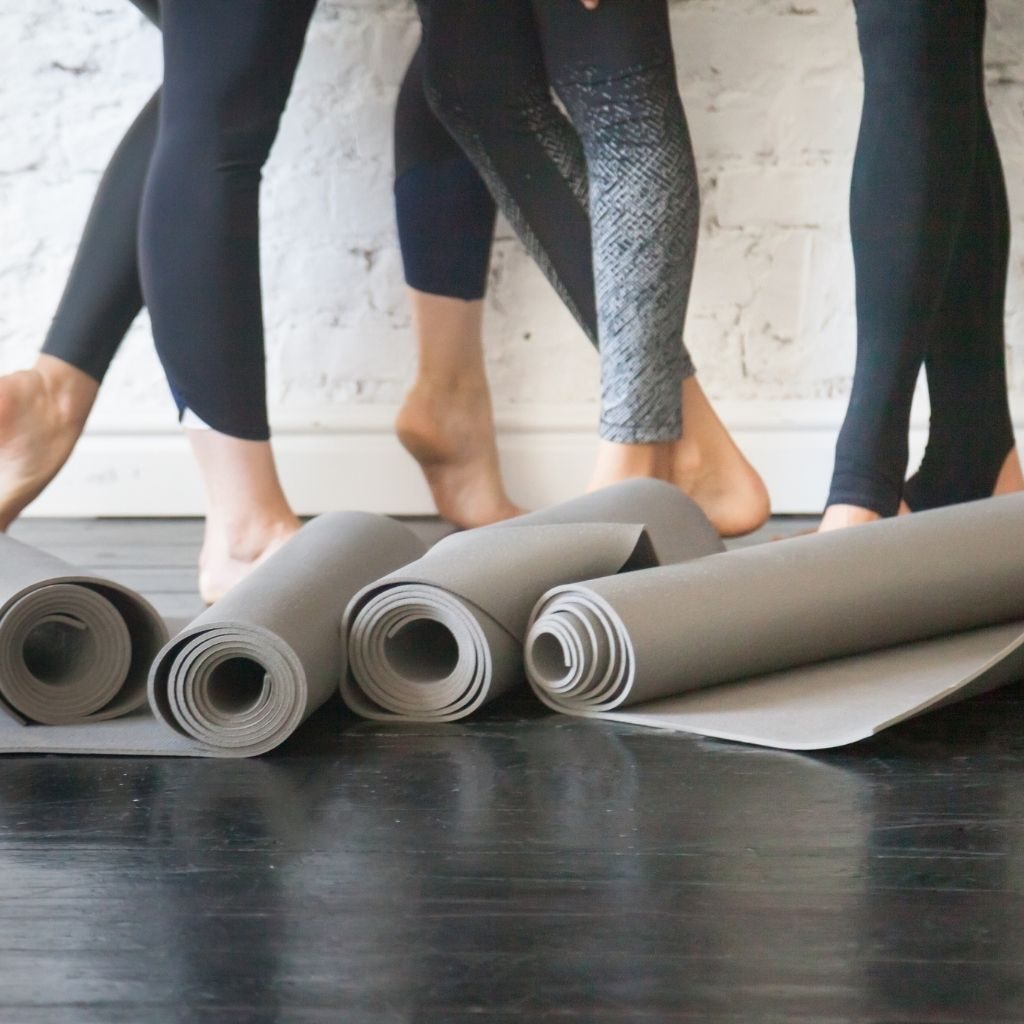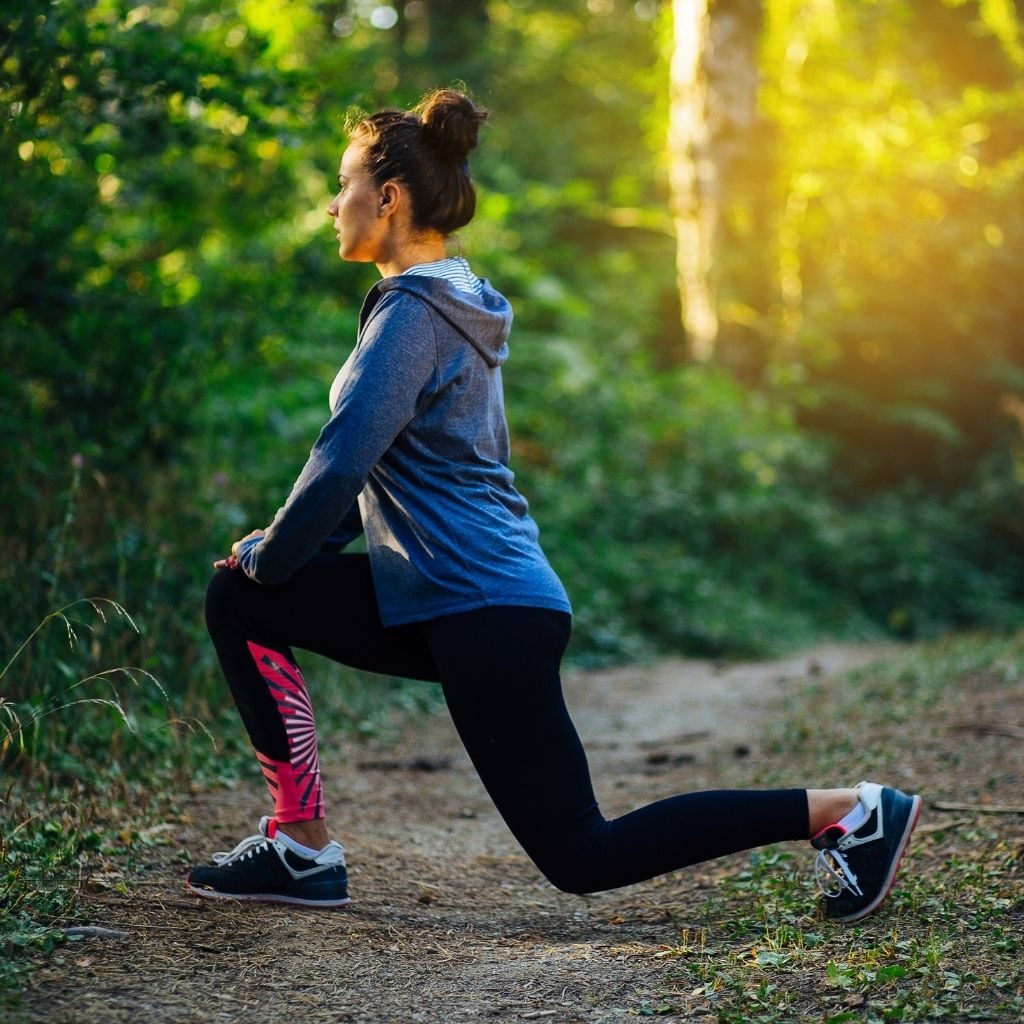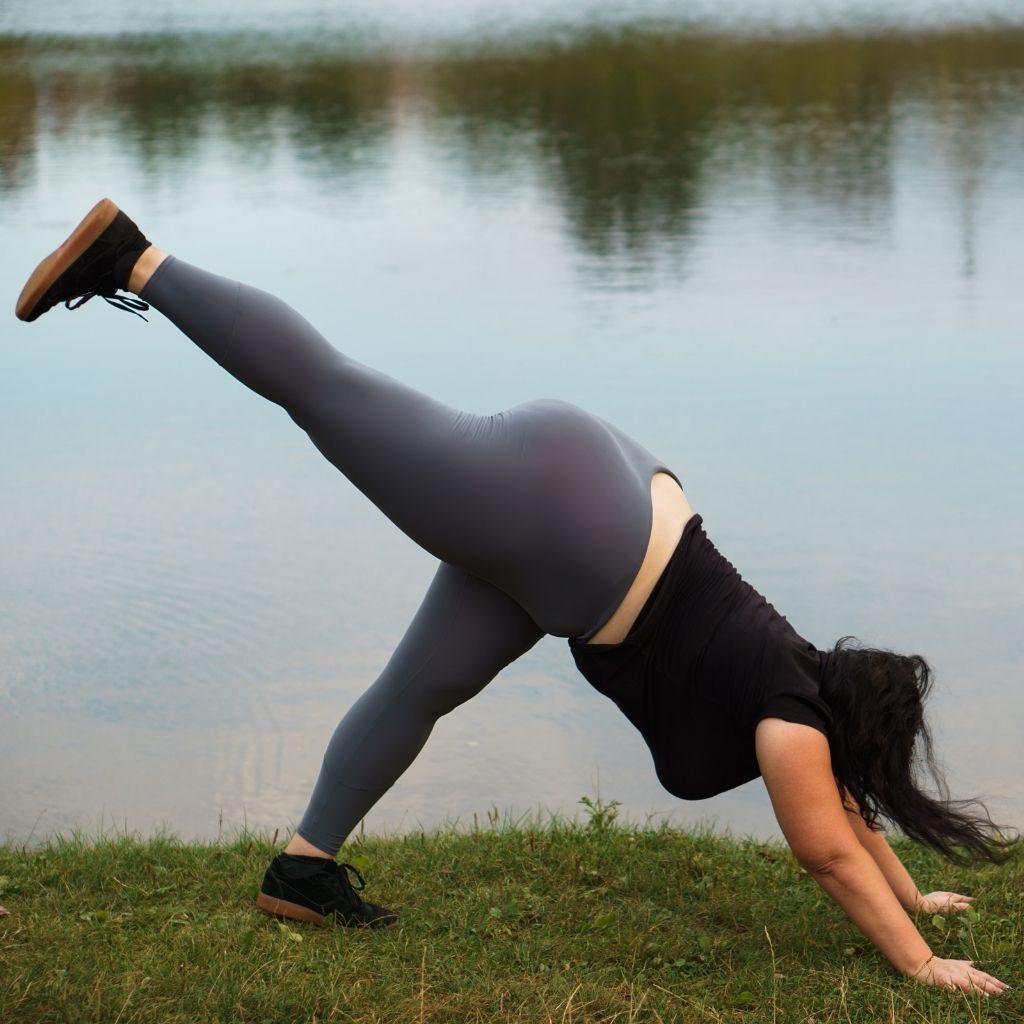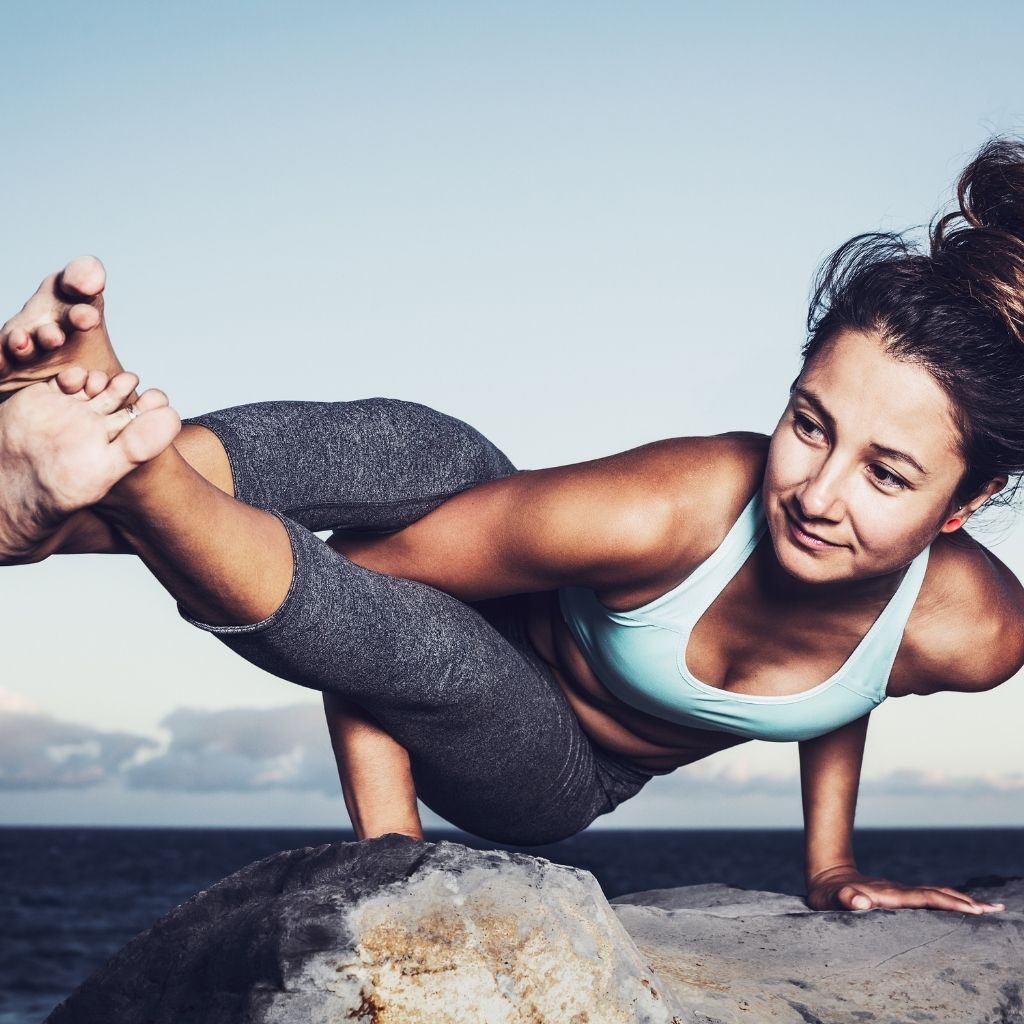12 Essential Questions About Yoga Pants You Are Asking Yourself
Yoga enthusiasts spend a lot of time and effort on selecting their gear.
This includes a wide range of products such as yoga mats, straps, blocks, sandbags, etc.
Whether you are a yoga enthusiast or not, you are going to want to invest in the most basic thing of all–a good pair of yoga pants.
Here’s why…
Yoga pants aren’t just for yoga anymore.
Even though their initial purpose was to serve sports-related needs, the comfort and durability of yoga pants has awarded them a great deal of love from womens of all ages and sizes.
Do you still have questions about whether or not yoga pants should be added to your daily closet.
In this article we tell you all you need to know, let’s go!
Are yoga pants too revealing?
While yoga pants are good for shaping up the body and making it appear toned, these form-fitting pants have an age-old controversy associated with them, are they too revealing?
The thing is that they can be a little too revealing, if not chosen properly (i.e. according to your body type).
There are two major points to consider when buying yoga pants:
- How transparent they are
- and how well their waistband fits you.
We want to mention the obvious here; choosing what to wear is entirely up to you.
However, to make your decision easier, we have gone through countless articles to come up with the golden rule that women generally tend to follow when selecting yoga pants.
1. Selecting yoga pants that aren’t too transparent
Pants fit each wearer differently.
Select pants according to your structure to make them fit better.
On an ectomorph, someone with a tall, lean structure, the same pair of pants wouldn’t stretch as much as they would on an endomorph, someone with a heavier structure with more fat.
This means that the same pants worn by an ectomorph wouldn’t be as transparent as they would on an endomorph, which in turn would make them appear less revealing.
So if your body structure is that of an endomorph, try going in for 70 denier or more when selecting yoga pants (denier is used to determine the thickness of the fibers).
2. Select a waistband that fits your natural waistline
One of the best determinants of the ‘appropriateness’ of your yoga pants is the waistband.
If it is stretching far beyond your waist, chances are you’ll be bulging in odd places.
If you can’t try on the pants, measure your waist at its narrowest area. If you want a tighter fit, getting the smaller size within the brand’s measurements would work for you.
To get a looser and more opaque look select the larger size that your waistline falls in.
For example, a large size would normally cater to a waistline between 33”-35”. If your waist is 35.5” and you want your pants to remain super opaque, going in for an extra-large would make more sense.

Are yoga pants warm?
Yoga pants can be quite versatile.
Yoga pants made of lycra, polyester, or wool can be very helpful in keeping you warm and these materials are used in yoga pants quite commonly. However, try not to wear such pants in temperatures over 30℃.
Do ensure that you get a lightweight pair for hot weather. For example, a pair with mesh panels would allow air to pass through easily, ensuring better breathability.
Since mesh panels lead to heat dissipation, you might want to avoid such pants in temperatures below 15℃.
In the winter, get a thicker pair with lycra and wool as they are going to help you keep warm by hugging your body.
A thicker pair is also more air-resistant. However, yoga pants generally don’t have any added protection, such as fleece lining, and thus may not be ideal for temperatures below -5℃.
If you want to opt for something truly warm, going in for leggings with an inner fleece lining might be a better choice.
Leggings are an alternative to yoga pants. However, they are not specifically designed for exercise and might not be strong enough for you to do yoga or exercise in.
Let’s take a closer look at how they differ…
Are yoga pants the same as leggings?
At a glance, yoga pants seem interchangeable with leggings.
Perhaps the biggest difference between the two is that yoga pants are meant for athletic wear and the leggings are not, which makes them not as tough and durable as yoga pants.
Additionally, yoga pants have various styles such as capris, sweatpants, etc.
Leggings, on the other hand, are pretty standard skin-tight pants.

Are yoga pants comfortable?
One of the main reasons yoga pants got so famous is the comfort they offer their wearer, they hug your body without digging into it as jeans do.
The material is firm enough to not wrinkle or sag, and soft enough for you to be able to easily bend your knees, sit on the floor, stretch, etc.
Their high tolerance makes them an excellent fit for intense activities such as running, yoga (of course), or any other type of cardio.
Comfort and durability are a rare combination. This is, in fact, a major reason why many women wear yoga pants instead of regular pants to begin with.
Are yoga pants good for running?
A good pair of yoga pants can be ideal for running. Key things to consider, however, are the pants’ ability to absorb moisture and their compression level.
If you are going to be using them for running, you would want yoga pants with a high percentage of lycra, wool, and polyester as they are known for their moisture-wicking properties.
Additionally, and since lycra and polyester are extremely elastic, they will also provide compression during running.
You want something hugging your body tight so that there’s no chance the garment will slip off. A blend of lycra, polyester, and wool will take care of this need as well.

Are yoga pants good for hiking?
As long as your yoga pants have no or a very low percentage of cotton, they can be used for hiking. That’s because cotton absorbs sweat and it doesn’t dry it as quickly as other synthetic materials.
When choosing a pair of yoga pants for hiking, be sure to consider the track and weather.
If your hike is longer than a day, you might not want to go for yoga pants as spandex can get smelly rather quickly.
As long as the weather isn’t too hot (around 22℃) and you are only going for a day hike, yoga pants made of lycra or polyester should do the trick.
Why are yoga pants so expensive?
Yoga pants are designed for high flexibility and comfort.
That means that a good pair not only has been built with quality materials but has also a strong stitching pattern.
To break it down, you are paying a higher ticket price for a good pair of yoga pants because:
- They are made with high-quality materials that will absorb any sweat quickly.
- They have high flexibility, preventing tears or holes to appear
- They have good breathability that improves air circulation and prevents you from getting any rashes
- They are more comfortable and don’t cause chafing
- A high quality waistband would stop your pants from sliding down
- It will have a panel in the crotch area, which would help you avoid a camel toe

Are yoga pants meant to be worn without underwear?
Underwear with yoga pants is a personal choice.
While it may confuse a lot of people, do what makes you feel confident.
Panties or not, your nether regions can take care of themselves.
If you are just worried about the lining showing, go for a thong or a seamless pair instead.
When it comes to yoga pants, underwear doesn’t make a big difference as long as your workout isn’t too intense or long.
Your pants, especially those with a panel in the crotch area, can very well do the trick of absorbing excess moisture.
Again, it is a matter of personal comfort, so don’t feel pressured into either choice.
What are yoga pants made out of?
It completely depends on the pair you own.
Different pants have different materials and blend percentages.
The most common materials used include a combination of:
- Spandex
- Nylon
- Cotton
- Polyester
- And wool.
These materials are common because of the comfort and elasticity they offer, along with their sweat-absorbing properties.
It gets more interesting though…
Sustainable yoga pants are made from some of the most creative materials out there such as corn, plastic bottles, bamboo, etc.
While materials such as bamboo and plastic are not always as soft as cotton, they are extremely well-known for moisture-wicking and breathability.
In fact, as more and more people are becoming environmentally-conscious, the trend of making yoga pants out of sustainable materials is growing.
Companies are trying to come up with innovative ideas on completely switching over to sustainable materials while maintaining the comfort their yoga pants offer their customers.

What’s the best fabric for yoga pants?
What determines the best fabric for yoga pants depends on your purpose for wearing them.
Generally speaking, a higher percentage of polyester and nylon is good for moisture absorption, stretch, and durability. So if your purpose is to stretch and do intense workouts in your pants, go for a pair with higher levels of spandex and polyester.
If you plan on doing activities such as hiking or running, you would want to ensure that the fabric is smooth enough. For example, fabric that has a high percentage of bamboo, lycra, or polyester.
If you are going for a calm yoga session or if you are working out in an indoor studio, softer pants with more cotton could do just fine for you.
Are yoga pants soft?
This really depends on the materials used. A higher percentage of cotton would make them soft. However, since most yoga pants have a lot of spandex in them, they tend to be smooth and stretchy as opposed to being super soft.
It is important to note that spandex isn’t for everyone and a higher percentage of it could give some people rashes.
Overall, even with a higher percentage of polyester and spandex, yoga pants are pretty soft and comfortable to do intense workouts in, or to wear in your everyday life.
In this article find out if yoga is better than pilates as a complement to 👉 Golf, running, cycling and crossfit
Are yoga pants waterproof?
Yoga pants are not waterproof. While they are good for absorbing moisture and generally dry out quickly, yoga pants aren’t actually waterproof. In fact, in rainy weather, they would not be a good choice to run or hike in.
Waterproof clothes have the opposite effect…
Instead of absorbing moisture, waterproof fabric pores are too tiny to let water particles enter the cloth at all.
Yoga pants, on the other hand, absorb moisture to keep you dry. Their pores are large enough to allow for absorption and breathability.

Things to consider when choosing a pair of yoga pants
- Consider what purpose you need yoga pants for. Whatever material you choose would depend on your purpose. For instance, if you need them for hiking, avoid cotton. If you want them for yoga or running, get a pair with a higher percentage of lycra. Thinking about your needs is going to make it so much easier to decide what to buy.
- The pants you get should fit your waist. Check for transparency by bending your knees and stretching.
- Getting a pair with a panel in the crotch area is good for avoiding camel toes and also makes the pants sturdier.
- Ensure that the pants you choose offer breathability.
- A higher waistband tucks you in nicely and is comfortable to exercise in.
In a nutshell
We have addressed some of the most common questions people have when buying yoga pants.
As far as comfort is concerned, yoga pants are a great contender to regular pants as they offer:
- Comfort
- Breathability
- Body-shaping
- Durability
- Moisture-wicking
- Stretchiness
Do your yoga pants roll down when you sit or exercise? 👉 in this article we tell you how to avoid it.
Conclusion
Yoga pants are not only comfortable and durable, but they are also a great fashion choice as well.
As you can see, they are multi-purpose and can become a part of your everyday closet.
The choice of which ones to buy lies entirely with your specific needs.
Most of all, your comfort should be considered a top priority.
Take some time, consider your comfort level, and decide which type of yoga pants is the best for your intended use.
Read also:

